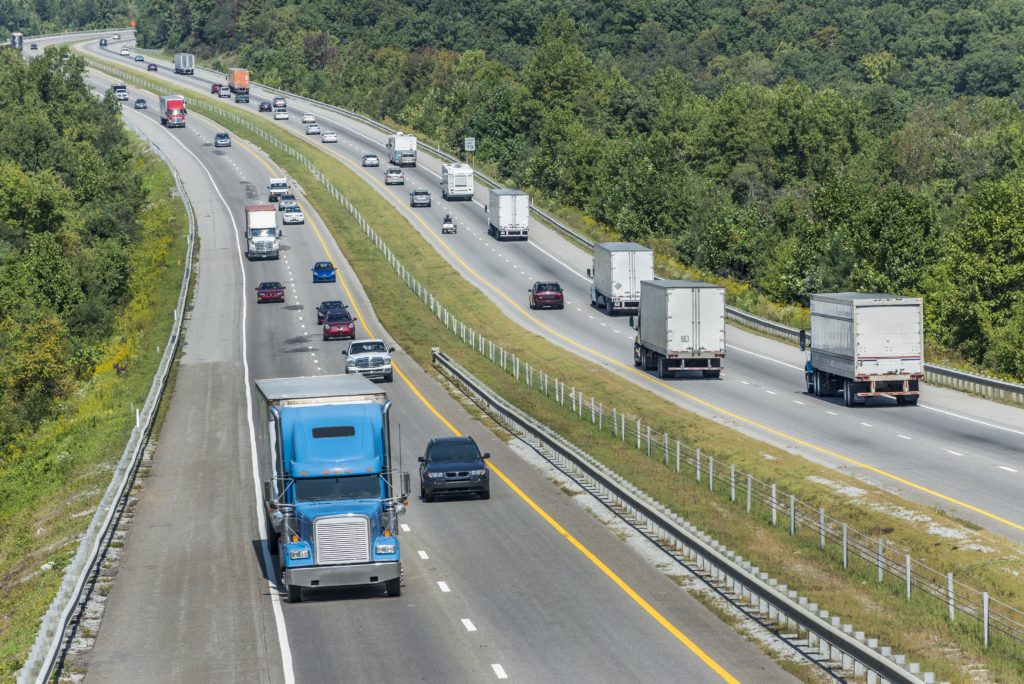Highway I-84 runs from Salt Lake City in Utah, stretching across the southwest of Idaho and then tips into the top half of Portland, Oregon. Traffic patterns across Idaho show that specific areas between Boise and Nampa on I-84 can become congested during certain travel times. For example, the morning commute as people are heading to work and the evening hours as people are returning home can be quite problematic.
Typically, the more cars there are on the road, the increased likelihood of an accident occurring. For example, Staticista.com outlines that “the level of traffic is one of the reasons leading to more traffic accidents.” This makes sense from a pure statistics perspective. If you increase the number of cars on the road, the overall number of car accidents is likely to increase as well.
Fortunately, the Idaho Department of Transportation recently received a grant of $90.2 million to widen the lines along Canyon County through Nampa. According to an article in the Idaho Statesman, this area along Interstate 84 has been an issue for commuters for a long time. Not only has there been an increase in road traffic, but the difficulty is compounded because interstate has also suffered from a lack of funding for both repair and expansion. The new extension will attach an additional lane in both directions between the Karcher Road and Fraklin Boulevard interchanges.
The grant was the largest ever received by the Idaho Transportation Department (ITD). According to the same article in the Idaho Statesman, the grant was a collaboration between the Community Planning Associaton of Southwest Idaho (COMPASS) and the ITD. The awarded grant will cover an estimated 60 percent of the $150 million cost. The remaining funding will come from state funding. The breakdown of funds can be found in the article.
This news all sounds good! Widening of lanes means more traffic can pass through this area. But does this translate into less traffic? According to an article featured in Wired, in 2009, two economists compared both new and expanded roads between the years 1980 to 2000. One of the economists reported, “We found that there’s this perfect one-to-one relationship.” Essentially, when a city increased its road capacity by ten percent, the amount of driving increased by ten percent. The two numbers seemed to move together. The article admits that correlation does not equal causation. Still, it creates a worrisome problem.
The economists call this phenomenon, “the fundamental law of road congestion.” This law outlines that new roads created new drivers and the result is the same level of traffic on the streets. Strangely, this goes against our intuition. One would naturally expect a different outcome. An increase in road space leads to more area on the road. However, unfortunately, this is not the case. The article uses a metaphor to explain this concept. Imagine making more massive highway is like replacing a small pipe with a larger one, allowing increased water flow. Instead, the pipe draws more water into itself.
The water with the pipe is true of humans as well. When people’s ability to drive increases, they do it more. People will build houses farther away from their work; they will take a road that initially has less traffic; they will make more trips to places far enough away to take the freeway. The study showed that even when public transit is increased, the level of traffic stays the same.
We don’t mean to put a downer on this good news. But, being realistic about your traffic expectations can make you a more vigilant driver. Understanding that the traffic in our area is not likely to decrease by a substantial margin can set reasonable expectations. Thinking that the traffic will be reduced can create a false feeling of confidence. Unfortunately, being one hundred percent confident while driving is not necessarily a virtue. The Telegraph points out that driver error is a factor in almost three-quarter of crashes, but most people think they are good drivers and feel confident. A driver who feels overconfident can be prone to making mistakes. An ever-vigilant driver is less likely to do so.
Here at The Advocates Law Firm, we want to help all drivers prevent an accident. We hope to help readers become better drivers. We know the damage a severe accident can cause. By being a more vigilant driver, you can help avert possible errors in driving and thereby be safer.
